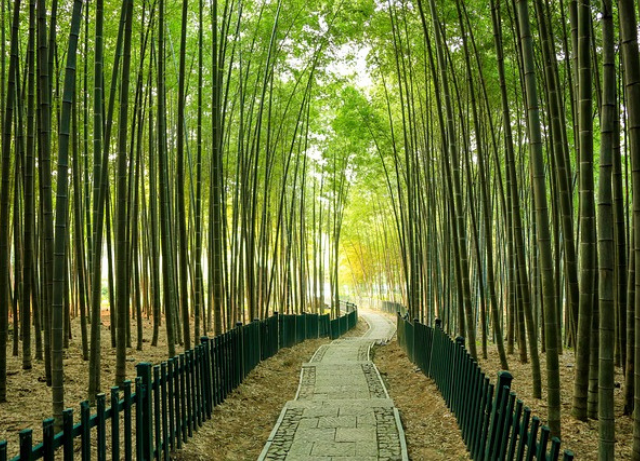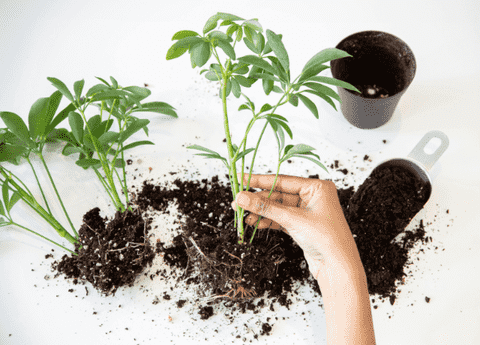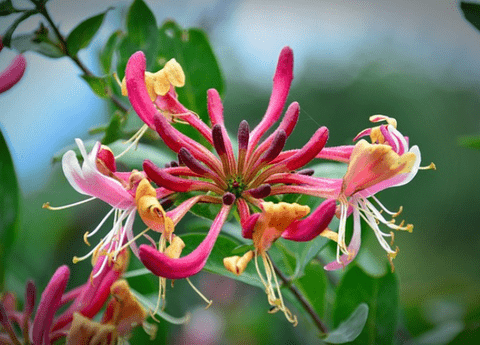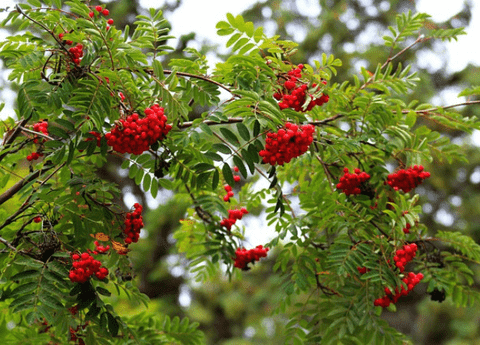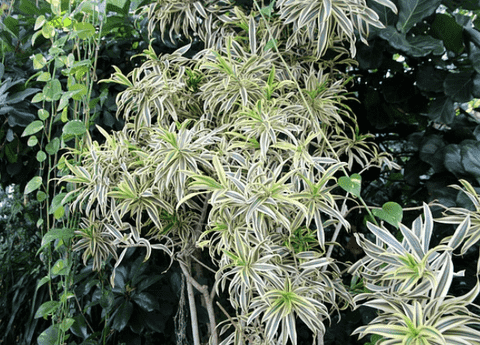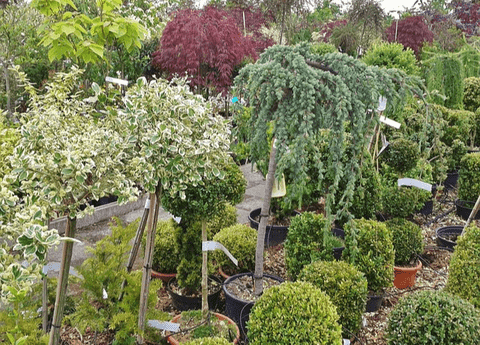Bamboo Care: How to Keep Your Bamboo Thriving Year-Round
offers essential insights into the art of nurturing this resilient, fast-growing plant. Known for its versatility and aesthetic appeal, bamboo can transform any garden or indoor space into a lush, green haven. However, ensuring its health and vitality requires a blend of proper planting, regular maintenance, and understanding its unique needs. In this guide, we will delve into the fundamental aspects of bamboo care, from selecting the right species to watering, feeding, and pruning practices that will keep your bamboo vibrant in every season. Join us as we explore the secrets to cultivating a thriving bamboo landscape.
Choosing the Right Bamboo
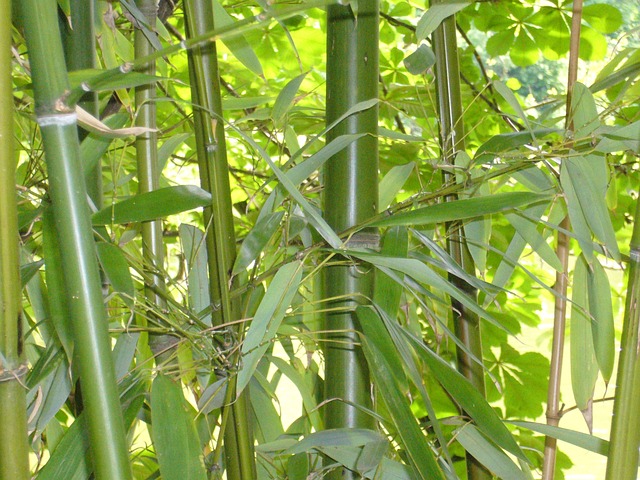
Types of Bamboo Plants
There are two main types of bamboo plants: running bamboo and clumping bamboo. Running bamboo spreads quickly and can cover large areas, making it ideal for creating privacy screens or windbreaks. However, due to its aggressive nature, it requires careful management and containment. On the other hand, clumping bamboo grows in tight clusters, expanding slowly each year. This type is more suitable for smaller gardens or container planting. Within these categories, there are numerous species to choose from, each with its unique characteristics. For instance, Phyllostachys is a popular running bamboo genus known for its tall, thick canes, while Fargesia is a favored clumping bamboo that thrives in cooler climates. Selecting the right type of bamboo depends on your specific needs, available space, and climate conditions.
Ideal Growing Conditions
Bamboo is a versatile plant that can thrive in a variety of conditions, but there are some key factors to ensure optimal growth. Most bamboo species prefer well-drained, fertile soil with a slightly acidic to neutral pH level. While bamboo can tolerate a range of light conditions, from full sun to partial shade, it generally performs best with plenty of sunlight. Sufficient water is essential, particularly during the initial establishment phase. However, bamboo does not like to sit in waterlogged soil, so proper drainage is essential. Furthermore, bamboo plants are quite resilient to temperature variations, but extreme cold can damage some species. Therefore, it is important to choose a bamboo variety that is well-suited to your local climate. With the right growing conditions, bamboo can become a robust and attractive addition to your garden or indoor space.
Bamboo for Indoors vs Outdoors
Choosing bamboo for indoor or outdoor spaces depends on several factors, including the plant’s growth habits and the environment you can provide. Indoor bamboo, typically smaller and slower-growing, requires bright, indirect light and consistent moisture to thrive. Species like Bambusa ventricosa, also known as Buddha Belly bamboo, are well-suited for indoor cultivation due to their compact size and attractive appearance. Indoor bamboo also benefits from regular misting to maintain humidity levels.
Outdoor bamboo, on the other hand, can grow larger and more vigorously, especially with ample space and sunlight. Running bamboo, such as Phyllostachys, can create impressive screens or hedges but requires containment to prevent spreading. Clumping bamboo, like Fargesia, is an excellent choice for outdoor landscaping in smaller areas due to its controlled growth pattern. Whether indoors or outdoors, choosing the right bamboo variety ensures it complements your space while thriving in its environment.
Daily Bamboo Care
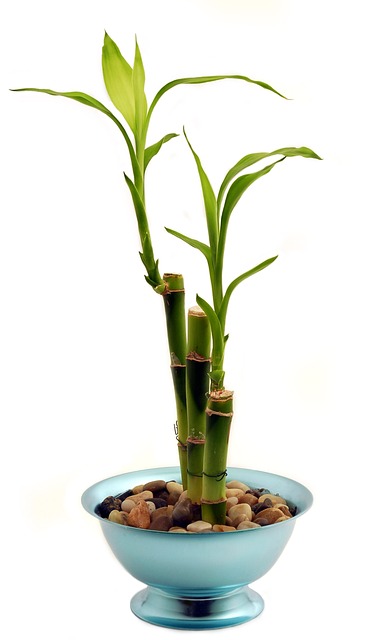
Watering Essentials
Proper watering is crucial for maintaining the health and vigor of bamboo plants. Bamboo prefers consistently moist soil, but it is essential to avoid waterlogging, which can lead to root rot. During the initial establishment period, bamboo requires more frequent watering to help the roots settle. Once established, bamboo typically needs deep watering once or twice a week, depending on the climate and soil conditions.
In hotter, drier climates, more frequent watering may be necessary, especially during peak summer months. Mulching around the base of the bamboo can help retain soil moisture and reduce the frequency of watering. For indoor bamboo, ensure the soil remains slightly damp and use a well-draining potting mix to prevent excess water from accumulating. By paying close attention to your bamboo’s watering needs, you can ensure it remains lush and green throughout the year.
Pruning Techniques
Pruning is an essential aspect of bamboo care that helps maintain its shape, encourages healthy growth, and prevents the plant from becoming overgrown. Start by removing any dead, damaged, or weak canes at the base to improve air circulation and light penetration. This process should be done annually, typically in late winter or early spring. For running bamboo, thinning out some of the older canes can help control its spread and keep the plant looking tidy.
When pruning, use sharp, clean tools to make precise cuts and avoid cutting too close to the ground, as this can damage the root system. For clumping bamboo, focus on removing only the oldest canes, which will help stimulate new growth. Additionally, you can trim the tops of the bamboo canes to control height and shape. Regular pruning not only enhances the aesthetic appeal of your bamboo but also promotes a healthier, more vigorous plant.
Pest and Disease Management
Bamboo is generally resilient, but it can still fall prey to pests and diseases. Common pests include aphids, spider mites, and bamboo mites, which can cause yellowing leaves and stunted growth. Regularly inspect your bamboo for signs of infestation and remove any affected leaves. Using insecticidal soap or neem oil can effectively control these pests without harming the plant.
Fungal diseases, such as sooty mold and bamboo blight, can also affect bamboo. Proper spacing and pruning to enhance air circulation can help prevent these issues. If you notice black or brown spots on the leaves or stems, remove the affected parts and dispose of them to prevent the spread. Additionally, maintaining proper watering practices to avoid waterlogged soil can reduce the risk of root rot and other moisture-related diseases.
By staying vigilant and taking prompt action, you can manage pests and diseases effectively, ensuring your bamboo remains healthy and vibrant.

